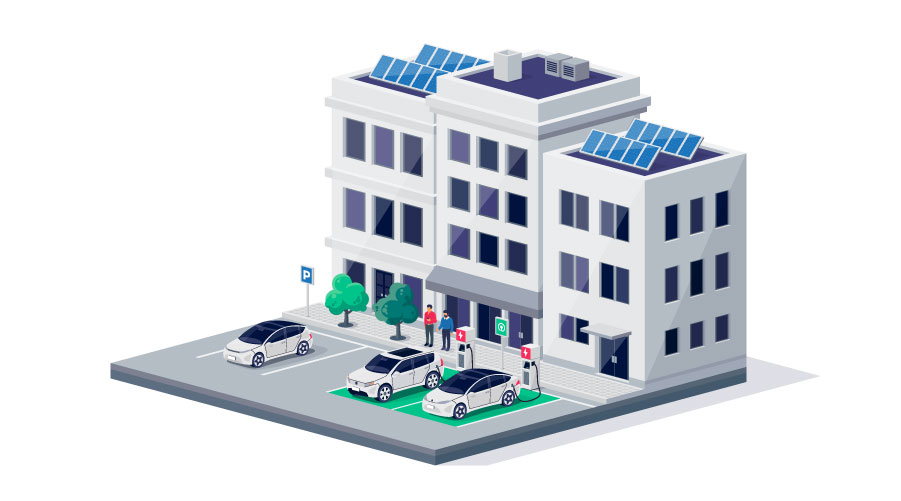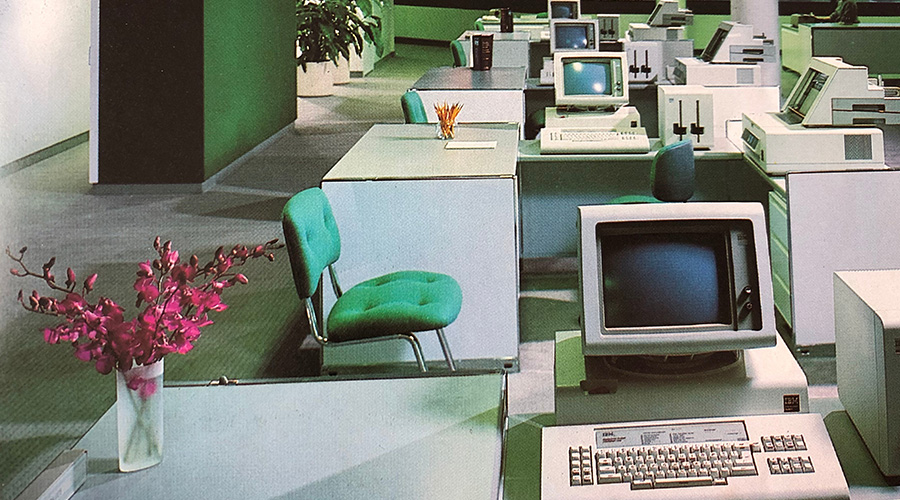International Green Construction Code Sets Energy Efficiency Measures for Buildings
IgCC outlines requirements that apply to new construction and ongoing maintenance and operations, including a number of strategies and technologies that will not be entirely new to contemporary design teams. Owners and facility managers of commercial buildings located in jurisdictions that adopt the IgCC will need to familiarize themselves with aspects of the code related to building energy performance including:
Daylighting: The code relies heavily on the availability of natural light to reduce energy consumption — an increasingly popular concept known as daylighting. And new sections of the code require that many whole classes of buildings, such as offices and retail, be designed so that at least 25 percent of the regularly occupied square footage is in a daylighting zone with automatic controls.
"This means that most building operators will need to insure that the sensors are not blocked by furniture or wall-hangings so that they can detect when to shut off the electric lights," says Sean Denniston, project analyst at New Buildings Institute (NBI), one of the organizations that tracked the IgCC development process. "Facility managers will need to be instructed on how to monitor the performance of daylighting systems, and how to adjust sensitivity and override controls."
Energy Star: Another important feature of the IgCC is the requirement that most equipment installed as building components be Energy Star rated. The responsibility of the building owner or tenant is to maintain a list of installed portable Energy Star-eligible appliances and equipment and to indicate whether each item is Energy Star-qualified. However, because restaurants rate near the top in energy consumption per square foot, the code specifically limits energy ratings on installed restaurant equipment to nationally available high-efficiency specifications developed through the Food Service Technology Center.
Energy Reduction for Heating and Moving Water: In dealing with reducing water consumption and improving water heating efficiency, the code calls for shorter pipe runs, smaller pipe diameters, better pipe insulation, and more efficient fixtures. In addition, more efficient water heaters, and heat recovery from high-usage applications, will directly reduce the energy used by the hot water systems. "Building operators will notice slightly more complex plumbing installations, but should experience lower water consumption rates and smaller bills for water and sewer service," says Denniston.
Commissioning: The IgCC expands the range of activities aiming to ensure the building is constructed and commissioned as intended in the design and construction documents. Most importantly, the requirements for testing and commissioning go beyond the requirements in the 2012 IECC, which only required commissioning of HVAC systems and lighting controls. With the IgCC, commissioning is now required for the envelope and lighting systems in general, in addition to a whole range of non-energy systems now needing some level of testing documentation. The requirements and qualifications for the personnel conducting the commissioning and testing will be set by the authority having jurisdiction and need not be a traditional third-party commissioning agent.
Renewable Energy: Under the green code, new buildings must include an onsite renewable energy system rated to provide two percent of its annual energy use. When this is not possible, building owners will be required to secure Renewable Energy Certificates for 10 years.
Ben Ikenson is a freelance writer who covers green building, urban planning and wildlife conservation.
Related Topics:













